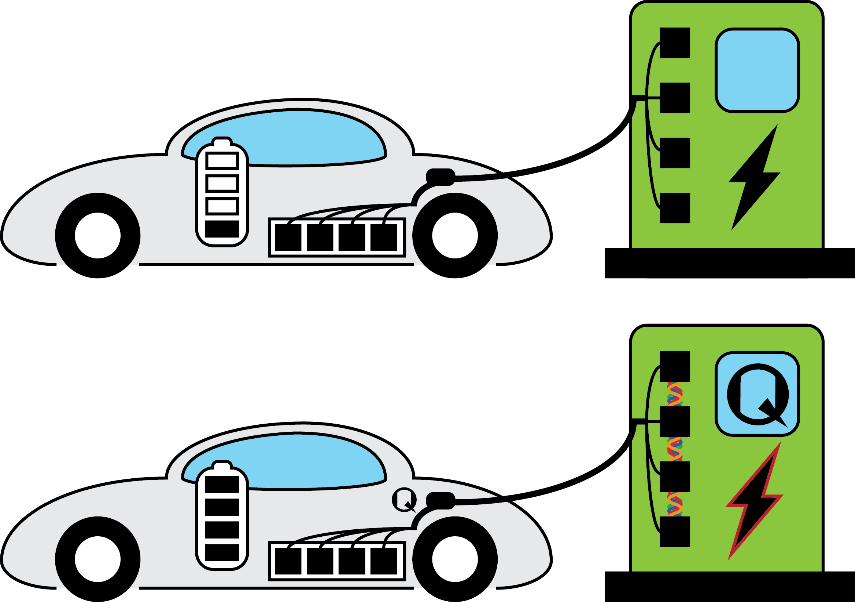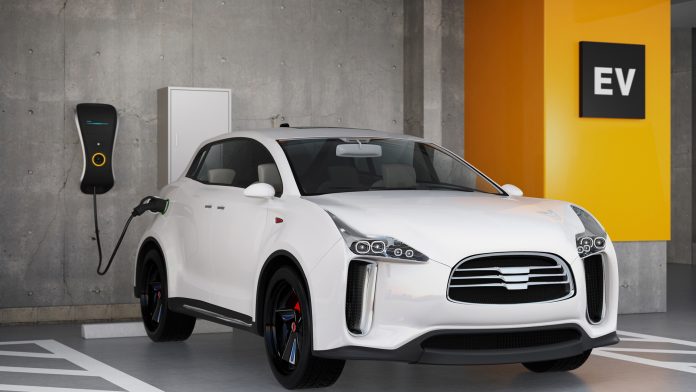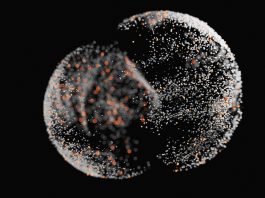A research team from the Institute for Basic Science has developed a quantum charging technology, which will cut the charging time of electric vehicles (EVs) from 10 hours to three minutes.
As consumer consumption for EVs grows, what does this mean for the energy sector?
Whether it is photovoltaics or fusion, sooner or later human civilisation must turn to renewable energies. This is deemed inevitable considering the ever-growing energy demands of humanity and the finite nature of fossil fuels. As such, research has been pursued in order to develop alternative sources of energy, such as quantum charging technology.
The extensive research and demand in renewables has been accompanied by gradual societal changes as the world has adopted new products and devices running on renewables. The most striking change as of recently is the rapid adoption of EVs. While they were hardly seen on the roads even 10 years ago, now millions of EVs are being sold annually, making the EV market is one of the most rapidly growing sectors.
Unlike traditional cars, which derive energy from the combustion of hydrocarbon fuels, EVs rely on batteries as the storage medium for their energy. For a long time, batteries had far lower energy density than those offered by hydrocarbons, which resulted in very low ranges of early EVs.
However, gradual improvement in battery technologies eventually allowed the drive ranges of EVs to be within acceptable levels in comparison to gasoline-burning cars. It is no understatement that the improvement in battery storage technology was one of the main technical bottlenecks which had to be solved in order to kickstart the current EV revolution.
However, despite the vast improvements in battery technology, today consumers of EVs face another difficulty – slow battery charging speed. Currently, cars take about 10 hours to fully recharge at home. Even the fastest superchargers at the EV charging stations require up to 20-40 minutes to fully recharge the vehicles. This creates additional costs and inconvenience to the customers.
Is a quantum battery possible?
To address this problem, scientists looked for answers in the field of quantum physics. Their search has led to the discovery that quantum technologies may promise new mechanisms to charge batteries at a faster rate. Such concept of a ‘quantum battery’ has been first proposed in a seminal paper published by Alicki and Fannes in 2012. It was theorised that quantum resources, such as entanglement, can be utilised to vastly speed up the battery charging process by charging all cells within the battery simultaneously.
This is particularly promising as modern large-capacity batteries can contain numerous cells. Such collective charging is not currently possible in classical batteries, where the cells are charged in parallel and independently of one another. The advantage of this collective versus parallel charging can be measured by the ratio called the ‘quantum charging advantage.’

How could this advantage be utilised in this quantum charging technology?
In 2017 it was observed that there can be two possible sources behind this quantum advantage – namely ‘global operation’ (in which all the cells talk to all others simultaneously), and ‘all-to-all coupling’ (every cell can talk with every other, excluding one single cell). However, it is unclear whether both of these sources are necessary and whether there are any limits to the charging speed that can be achieved.
Recently, scientists from the Centre for Theoretical Physics of Complex Systems within the Institute for Basic Science (IBS) further explored these questions. The paper, which was chosen as an ‘Editor’s Suggestion’ in the journal Physical Review Letters, revealed that all-to-all coupling is irrelevant in quantum batteries and that the presence of global operations is the only relevant ingredient in the quantum advantage.
Researchers investigated this further to pinpoint the exact source of this advantage, while ruling out any other possibilities, even providing an explicit way of designing such batteries.
Scientists were able to precisely quantify how much charging speed could be achieved in this scheme. While the maximum charging speed increases linearly with the number of cells in classical batteries, the study revealed that quantum batteries that are employing the global operation can achieve quadratic scaling in charging speed.
To illustrate this, scientists considered a typical EV with a battery that contains about 200 cells. It was noted that employing this quantum charging would lead to a 200 times speedup over classical batteries, which means that at home charging time would be cut from 10 hours to about three minutes. At high-speed charging stations, the charge time would be cut from 30 minutes to mere seconds.
How soon can this technology be implemented?
Researchers have emphasised that consequences can be far-reaching and that the implications of quantum charging can go well beyond EVs and consumer electronics. For example, it may find key uses in future fusion power plants, which require large amounts of energy to charge and discharge in an instant.
Although, quantum technologies are still in their infancy and there is a long way to go before these methods can be implemented in practice. Research findings such as these, however, create a promising direction and can incentivise funding agencies and businesses to further invest in these technologies. If employed, it is believed that quantum batteries would completely revolutionise the way we use energy and take us a step closer to our sustainable future.
To keep up to date with our content, subscribe for updates on our digital publication and newsletter.









